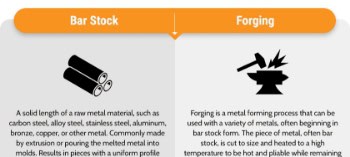Industrial Forging Excellence: Powering Stronger, Smarter, High-Performance Parts
At Cornell Forge Co., we understand the critical role an industrial forge plays in creating robust, high-performance components for countless industries. We're proud to bring over 90 years of forging excellence to every project, ensuring parts that stand the test of time and extreme conditions. Our commitment...





